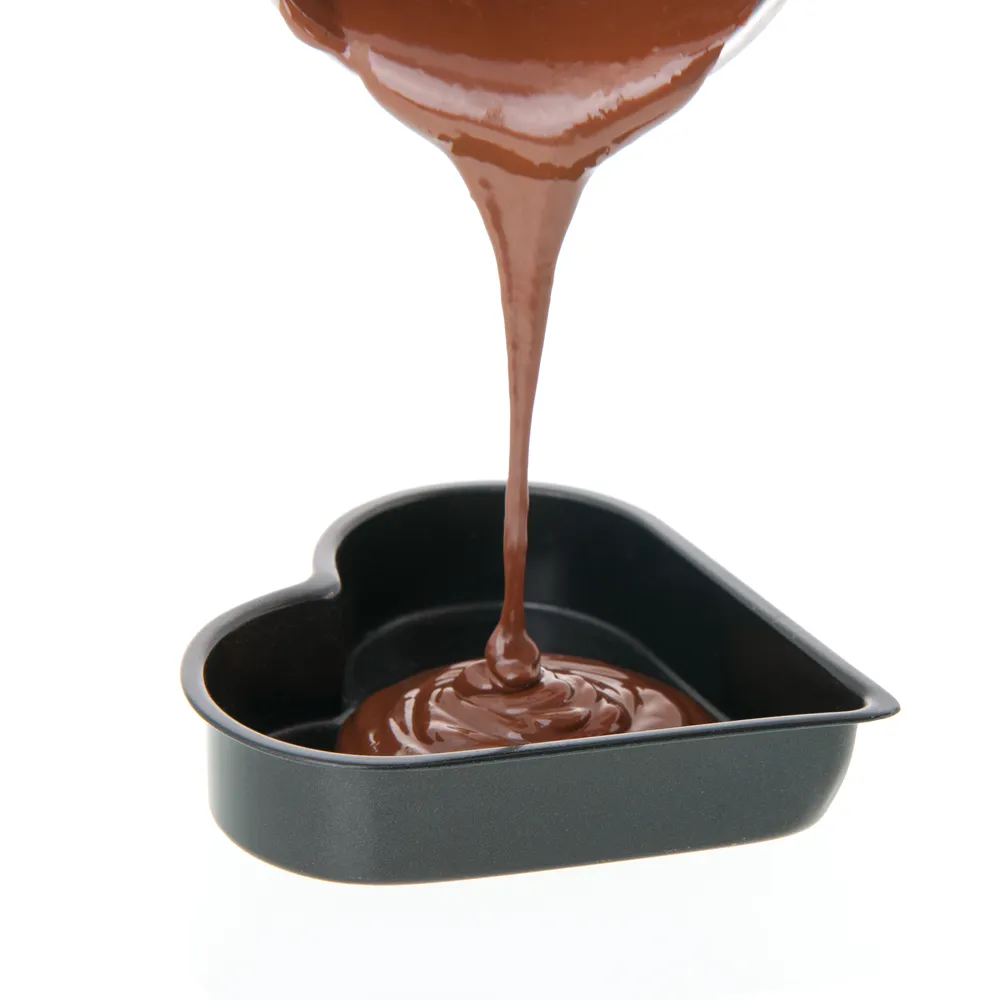Definition: Moulding, what does it know?

Casting is a fascinating technique that dates back centuries, used to create objects using a model or shape. This article explores the different methods of molding, the materials used, and its many applications in diverse fields such as industry, art, and even medicine.
What is molding?
Molding is a manufacturing process in which a liquid or viscous material is poured into a mold to produce a solid, finished part once the material has hardened. This process produces exact replicas of the original model, whatever the material used to create the mold.
There are a variety of molding techniques adapted to the specific properties of the materials used and the needs of the industries concerned. The main methods include sand casting, plaster casting, resin casting, silicone casting andalginate casting, among many others.
Sand casting
Sand casting is one of the oldest techniques used in metal casting. It involves using a mixture of fine sand and clay as a molding material, placed around a model to create a cavity. Once compacted, the sand mold can receive molten metal, usually iron or aluminum, which solidifies into the desired shape.
This method offers a number of advantages, such as relatively low cost and the ability to produce large metal parts. However, it also requires specific equipment for sand processing and metal casting.
Silicone molding
Silicone is a commonly used material for mold making, thanks to its flexibility, heat resistance and ability to capture the smallest details of the initial model. This technique is often favored in fields such as jewelry, toy production and film special effects.
The process involves mixing two components that form silicone when combined. The model is then enveloped in this mixture and left to harden. The resulting silicone mold is flexible, allowing easy demolding without the risk of breaking the final part.
Casting in plaster
Plaster is widely used for artistic and architectural casts. It is appreciated for its ease of handling and low cost. The process begins by preparing a model, often in clay, onto which plaster is applied in the form of a liquid paste. Once hardened, the plaster mold can be used to reproduce sculptures, ornaments and other decorative objects.
However, plaster is less robust than other molding materials. It is therefore essential to handle molds with care to avoid breakage when extracting castings.
Resin casting
Resin is another popular molding material, thanks to its transparency, strength and versatility. It is used in a wide variety of sectors, from the manufacture of small craft items to the creation of sophisticated industrial parts.
To make a resin mold, simply mix the liquid resin with a hardener, then pour the mixture into a pre-existing mold. The resin hardens rapidly, providing a faithful reproduction of the original model, with solid, wear-resistant mechanical characteristics.
Alginate molding
Alginate is mainly used in dental and body molding processes. It is a natural material derived from algae, known for its rapid setting and ability to faithfully follow the contours of the objects to be molded.
The process begins by mixing alginate powder with water to obtain a smooth paste. This paste is then applied directly to the surface to be molded. Within minutes, the alginate solidifies, creating a detailed, elastic mold. The latter is often used for temporary applications, as alginate dries and loses its precision after a short period.
Moulding kits: a DIY solution
With the rise of the Do It Yourself (DIY) movement, molding kits have become increasingly popular with the general public. These kits provide all the materials needed to easily make moldings at home, from small decorative objects to personal souvenirs.
A typical casting kit usually contains a combination of materials such as:
- Sand or plaster for reusable molds.
- Silicone or alginate for precise, detailed molds.
- Resin for durable, aesthetically pleasing finished objects.
Molding applications and innovations
Moulding is an essential pillar of many industries, as well as of the arts and medicine. Technological advances are constantly improving molding techniques and exploring new raw materials.
Industrial applications
In the manufacturing industry, molding is used to produce complex mechanical parts from metals, plastics or composites. This method offers high precision and rapid mass reproduction, essential for sectors such as automotive, aeronautics and electronics.
In the automotive industry, for example, casting is used to produce essential components such as engine blocks, transmissions and structural elements. Manufacturers mainly use sand casting for these large parts, but also resort to more precise methods such as die casting for smaller, more detailed components.
Arts and jewelry making
Jewelry artists and craftsmen frequently adopt molding to create unique, detailed works. Silicone and plaster molds allow great creative freedom and precise finishing. Sculptors can immortalize their creations with faithful replicas and sell them in limited series.
Jewelers, meanwhile, often use the lost-wax technique, a variant of casting in which the molten wax model is replaced by precious metal such as gold or silver. This method guarantees unrivalled finesse in the creation of complex, ornate jewelry.
Medical and dental
The medical sector also benefits greatly from casting, especially for the manufacture of prostheses and dental implants. Materials such asalginate and silicone play a crucial role in obtaining precise molds of body parts, guaranteeing a perfect fit for prostheses.
In addition, molding is essential in the production of realistic anatomical models for medical studies and training. For example, surgeons can train on molded replicas of organic tissue before performing complex procedures on real patients.
Practical tips for successful casting
For those wishing to experiment with molding, here are a few practical tips to ensure optimal results:
- Choose the right casting material for the object and its detail and finish requirements.
- Prepare the initial model correctly and ensure that it is free from any defects that could affect the final rendering.
- Carefully follow material dosage and mixing instructions to avoid imperfections such as air bubbles.
- Allow sufficient time for the material to harden completely before demolding.
- Use release agents to facilitate extraction and preserve the integrity of the mold and final part.
Casting, with its diverse techniques and materials, continues to have a profound influence on many fields of art and industry. The key to its success lies in the ability to adapt this ancestral method to ever more demanding contemporary needs. Thanks to constant innovation and careful practice, molding will remain an invaluable tool for creating, innovating and perfecting.





